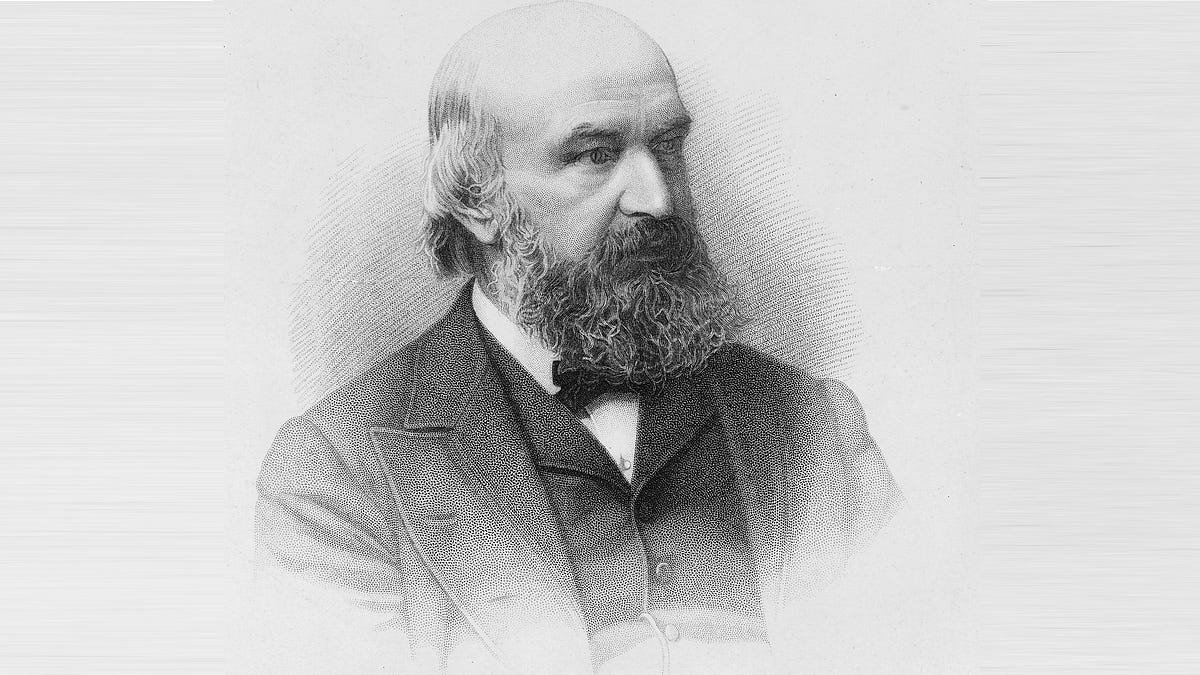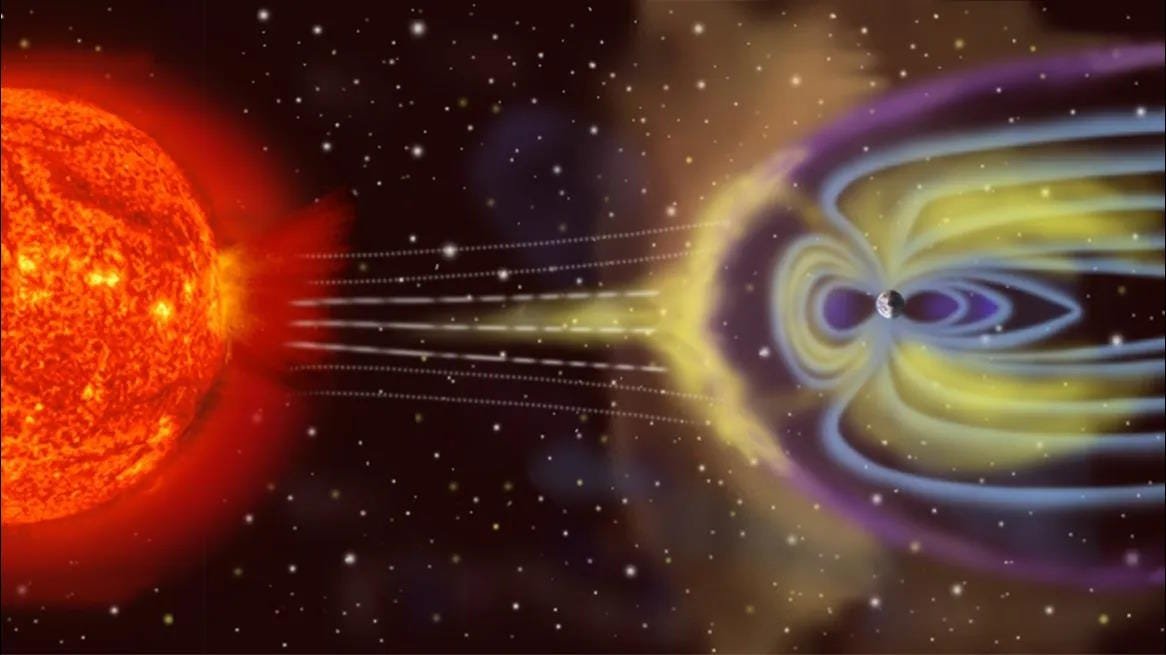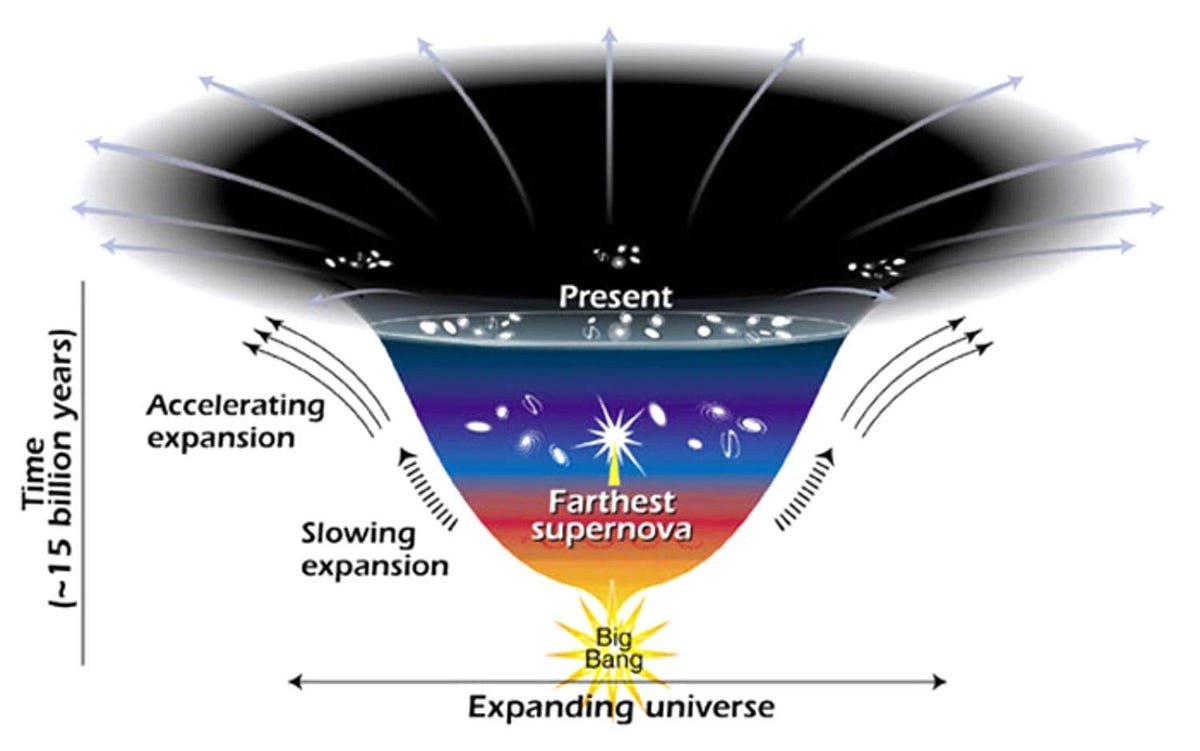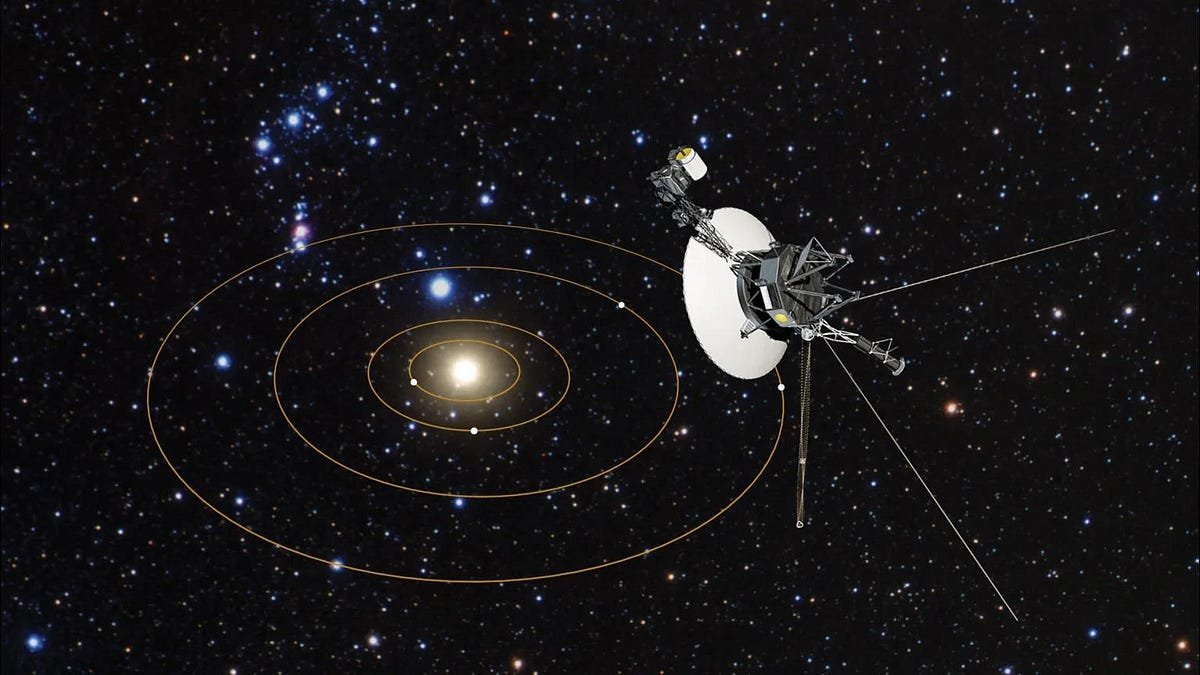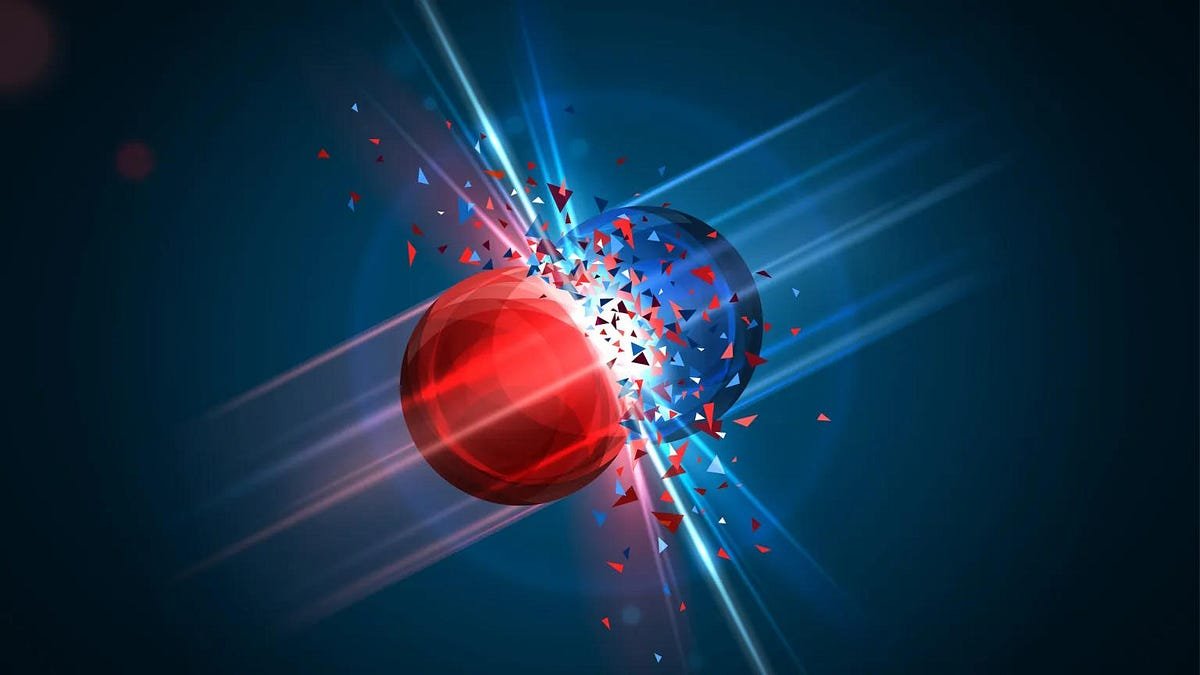
Ask Ethan: Do any particles not have antiparticles? | by Ethan Siegel | Starts With A Bang! | Dec, 2023
In our Universe, matter is made of particles, while antimatter is made of antiparticles. But sometimes, the physical lines get real blurry.
Here in this Universe, there are certain laws of physics that never appear to be broken. No information-carrying signal, for instance, can ever move faster than the speed of light. Energy, if you account for all of the different types that exist, can never be created or destroyed: only conserved. Electric charge, linear momentum, and angular momentum are all similarly conserved. And, to the best of our knowledge, the only way to create new matter particles is to create an equal number of new antimatter particles, as we’ve never observed a single reaction that has either created or destroyed a net amount of matter over antimatter, or the other way around.
But are all of the entities in our Universe either “matter” or “antimatter” in some sense, or are there particles out there that don’t have antiparticles at all? That’s the question of David Wiser, who wants to know:
“I was wondering if there are any elementary particles that do not have corresponding antiparticles? The only two that seem to fit this category are the photon and graviton. Are there others? Is there any significance to not having an antiparticle? Is this related to their traveling at the speed of light?”
There’s a lot to unpack here, but the short answer is yes: not every elementary particle has a corresponding, distinct antiparticle. The long answer is even more interesting. Let’s dive in and find out!
Above, you can see the particles of the Standard Model. These represent all of the presently-known and discovered fundamental particles that make up the Universe, and they still don’t account for two of the greatest mysteries in all of physics: dark matter and dark energy. The particles within the Standard Model come in a few different varieties:
- there are quarks, which have masses, color charges, electric charges, spins, and come in six flavors (up…

